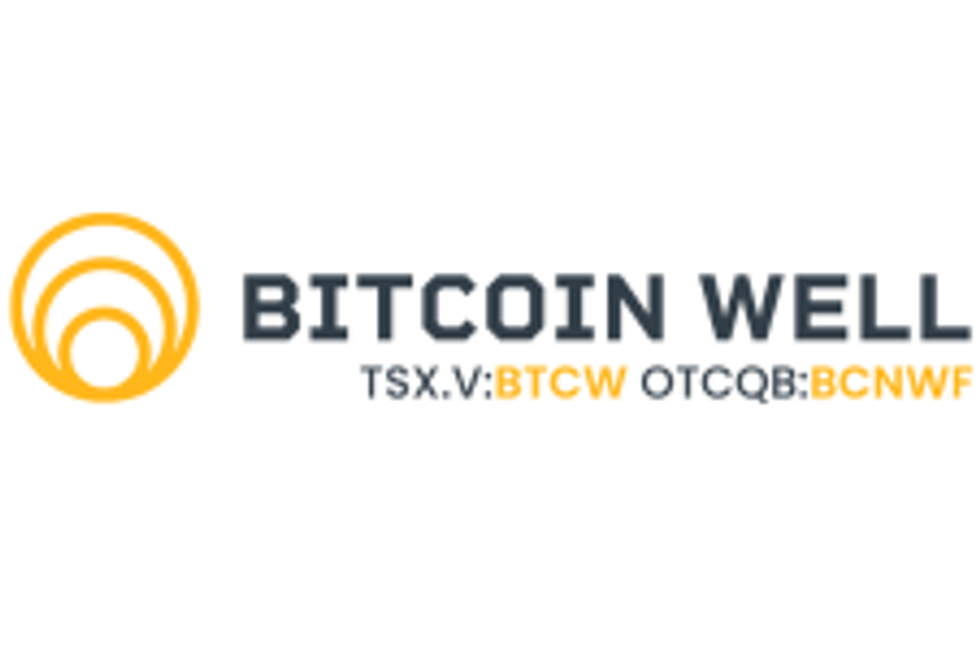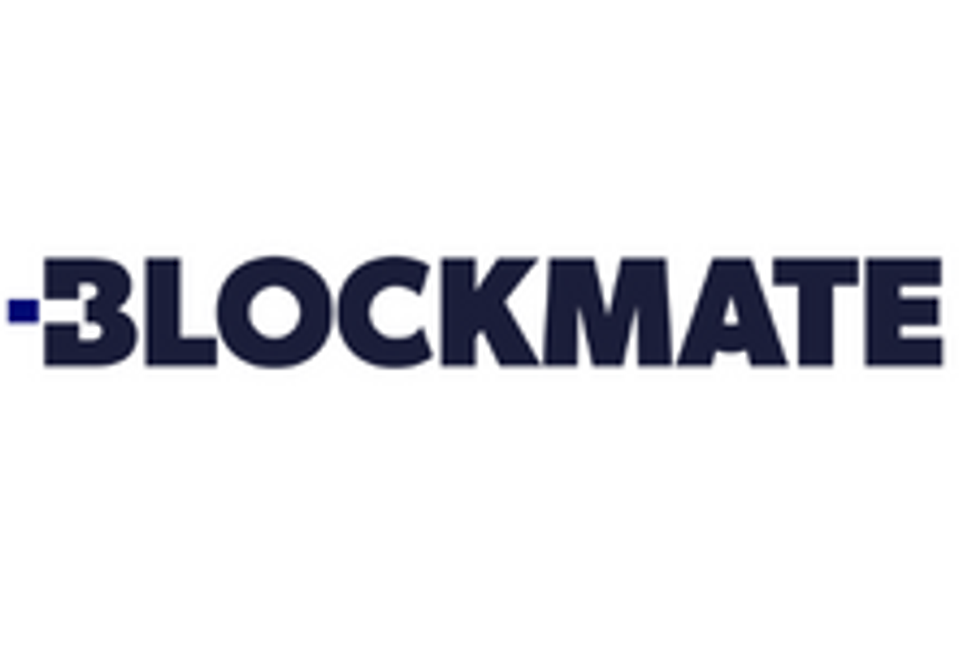5 Ways to Invest in the Accelerating Bitcoin Market
Is Bitcoin better than gold? Or vice versa? The debate continues, but investors are discovering there's more than one way to get exposure to both.

The Bitcoin versus gold debate is continuing as the cryptocurrency's popularity remains strong, but savvy investors are recognizing that there are opportunities to capitalize on both markets.
Both Bitcoin and gold have emerged as stores of value after market disruptions associated with COVID-19, the Russia-Ukraine war and fears of a global recession. Each has the potential to provide lucrative benefits to investment portfolios.
However, while gold has a long history spanning millennia, Bitcoin has been around for just under 15 years, and has only been in the mainstream consciousness for around half that time. Additionally, investing in cryptocurrencies can seem daunting to investors new to the space or those less familiar with digital investing. These factors have left some market participants unsure of how to get exposure to this burgeoning market.
Below the Investing News Network presents a list of ways to invest in Bitcoin, accompanied where applicable by information on comparable ways to invest in gold. If you’re interested in putting money into either — or simply want to know your options — consider this a starting point.
1. How to invest in "physical" Bitcoin?
Click here for a breakdown of ways to invest in physical gold.
The most direct way to invest in both gold and Bitcoin is to purchase the individual asset.
For gold, that usually means buying gold coins or gold bars from a government mint or licensed precious metals dealer. The most commonly recognized size is the 1 ounce coin, which in recent years has ranged between US$1,600 and US$2,000 per unit. Coins and bars come in a large range of sizes as well, although it's worth noting that smaller bullion sizes are proportionately pricier than large ones, making bigger purchases much more dollar efficient.
Buying Bitcoin can be a bit more daunting than picking up a 1 ounce gold coin. The cryptocurrency has traded between US$20,000 and US$67,000 since early 2021, making purchasing a full Bitcoin too expensive for some retail investors.
However, it's possible to buy a portion of a Bitcoin. The smallest possible amount you can purchase is called a satoshi, and 1 Bitcoin is made up of 100 million satoshis. Unlike gold, the price of Bitcoin is the same no matter the size, so a 10th of a Bitcoin is worth exactly a 10th of the full price. This means Bitcoin is flexible, and investors don't lose value by buying smaller amounts.
Those who want to take the plunge can purchase the digital asset on one of the many Bitcoin exchanges or crypto-trading and peer-to-peer trading platforms and apps. These include Coinbase (NASDAQ:COIN), BlockFi, Binance and Gemini.
2. How to invest in Bitcoin-mining stocks?
Click the links for the top-performing gold stocks on the TSX and TSXV.
Like gold’s traditional mine supply chain, Bitcoin also has a digital mine supply chain. This means investors can buy shares of Bitcoin-mining companies just as they can gold-mining companies.
Using super-powered computers, Bitcoin miners work to verify 1 megabyte worth of Bitcoin transactions, the completion of which results in a mined block. As a reward for verifying the block, which involves doing complex mathematical equations and updating the ledger using blockchain, the miner who successfully gets the correct answer is rewarded with 6.25 Bitcoin. This is the only way new Bitcoins are entered into circulation, essentially making the miners Bitcoin “minters” as well.
The global cryptocurrency-mining market is projected to grow at a compound annual growth rate of 12.9 percent from 2022 to reach nearly US$7 billion by 2032, meaning companies focused on this arena have potential.
Unsurprisingly, there are a diverse array of Bitcoin-mining stocks available for investors on various exchanges. Click here to learn about a few cryptocurrency-mining stocks listed in North America.
To hone in on blockchain stocks, click here for the largest players in Canada and the US, and here for Canada's latest top gainers. Chinese blockchain companies are also an area some may want to evaluate.
3. How to invest in Bitcoin funds?
Another way to access the Bitcoin market is through investment products.
An investment fund consists of the combined capital of investors and is controlled by a fund manager who is able to make investment decisions on behalf of the collective.
Funds are often limited to accredited investors, but some offerings are open to both retail and accredited investors in different capacities. Here are two examples for investors to consider:
- The Bitcoin Fund (TSX:QBTC) — The Bitcoin Fund is operated by 3iQ, a firm that was the first of its kind in Canada to offer crypto exposure to accredited investors. Launched in April 2020, the closed-end fund is designed to invest solely in Bitcoin. It currently has a 1.95 percent management fee.
- Bitwise 10 Crypto Index Fund (OTCQX:BITW) — The Bitwise 10 Crypto Index Fund tracks the performance of the Bitwise 10 Large Cap Crypto Index, which represents the 10 largest cryptocurrencies. Bitcoin accounts for 68 percent of the fund's portfolio, while Ethereum accounts for 26 percent. Although the fund launched in 2017, it only became available for over-the-counter investments in December 2020. It has an expense ratio of 2.5 percent.
4. How to invest in Bitcoin trusts?
Bitcoin’s price rallies have not only set the stage for new investment funds, but have also been fruitful for trusts. Bitcoin trusts are closed-end funds with an annual redemption date, allowing investors to sell units without penalty.
Here are two Bitcoin trust examples that are available at the moment:
- Grayscale Bitcoin Trust (OTCQX:GBTC) — Introduced to the sector in 2013, the Grayscale Bitcoin Trust has dominated the Bitcoin trust space for almost a decade. GBTC shares follow the price of Bitcoin based on the CoinDesk Bitcoin Price Index. Grayscale Investments’ trust has a 2 percent annual fee, and the firm also offers private placements of its Bitcoin trust shares periodically throughout the year for accredited investors.
- Osprey Bitcoin Trust (OTCQX:OBTC) — The Osprey Bitcoin Trust was established in February 2021 and tracks the CMBI Bitcoin Index. Like Grayscale, Osprey offers limited private placement opportunities for accredited investors, with a minimum investment of US$25,000. Osprey charges a 0.49 percent management fee; there are also some additional expenses investors can expect to incur, which include custody, audit, index licensing and legal fees.
5. How to invest in Bitcoin ETFs?
Growth in the gold exchange-traded fund (ETF) sector began to rise in the 2000s, and ETFs have remained a healthy access point to the sector. There are a number of gold ETFs that focus on various aspects of the industry, such as mining, royalties and/or exploration. Click here to see a list of some of the most popular gold ETFs.
In terms of Bitcoin investment vehicles, the ETFs in this space began to hit the market in February 2021. Several Bitcoin-centric ETFs are listed below, but broader cryptocurrency ETFs also exist.
- Purpose Bitcoin ETF (TSX:BTCC.B) — The world’s first Bitcoin ETF entered the TSX on February 18, 2021, just as Bitcoin broke the US$50,000 level. The ETF allows investors to add and sell Bitcoin with no digital wallet required. Hosted by Canadian investment company Purpose Investments, the self-described alternative mutual fund charges an annual fee of 1 percent.
- Evolve Bitcoin ETF (TSX:EBIT) — Listed on the TSX one day after the Purpose Bitcoin ETF, the Evolve Bitcoin ETF from Evolve Funds Group is an easy way for investors to follow the Bitcoin market. Canadians can hold the ETF in an RRSP or TFSA, and can buy and sell ETF units through a financial advisor or via their brokerage accounts.
- CI Galaxy Bitcoin ETF (TSX:BTCX.B) — Launched in March 2021, the CI Galaxy Bitcoin ETF is a partnership between cryptocurrency leaders Galaxy Fund Management and CI Global Asset Management. Galaxy Fund Management is part of the management arm of Galaxy Digital, a diversified financial services firm with a focus on the digital asset and blockchain technology sector.
This is an updated version of an article first published by the Investing News Network in 2021.
Don’t forget to follow us @INN_Technology for real-time news updates!
Securities Disclosure: I, Melissa Pistilli, hold no direct investment interest in any company mentioned in this article.
Editorial Disclosure: The Investing News Network does not guarantee the accuracy or thoroughness of the information reported in the interviews it conducts. The opinions expressed in these interviews do not reflect the opinions of the Investing News Network and do not constitute investment advice. All readers are encouraged to perform their own due diligence.
- What's the Difference Between Bitcoin Spot and Futures ETFs? ›
- Is Now a Good Time to Buy Bitcoin? ›
- Bitcoin: A Brief Price History of the First Cryptocurrency ›
- Cryptocurrency-mining Stocks: 6 Biggest Companies in 2023 ›
- 9 Canadian Cryptocurrency ETFs ›





